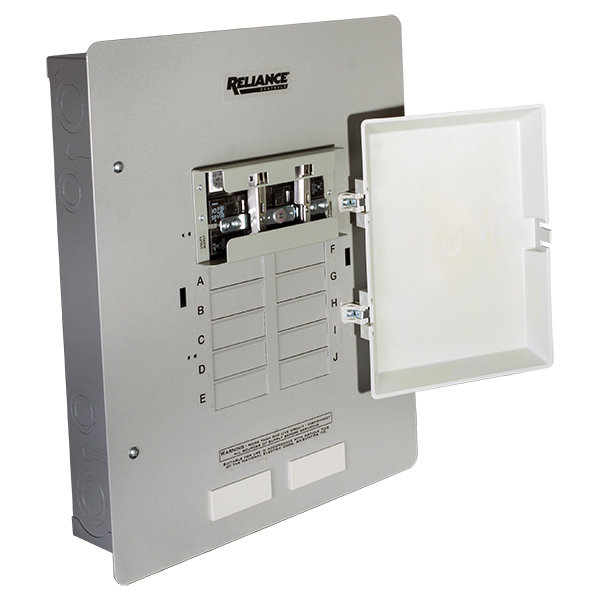First, lets discuss what GFCI protected means. GFCI stands for ground-fault circuit interrupter. You will recognize the outlets in your home, they are the ones with test and reset buttons. This is to eliminate the risk of an electric shock. On many of our generators, GFCI protection is part of the main line circuit breaker.
You can use a transfer switch with a full panel GFCI protected generator. When looking at transfer switches, you will need one with a switched neutral.
3-POLE SWITCHED NEUTRAL

A 3-pole transfer switch with a switched neutral is single phase. The switching mechanism will break the two hot legs of the circuit, in either direction, before the neutral is broken. It will then close the neutral before the two hot legs close, preventing the generator’s circuit breakers from nuisance tripping and protects inductive motors and sensitive loads.
This style of switched neutral transfer switch is also recommended for safe use with any generator that has a bonded neutral.

It’s important to understand the concept of GFCI protection before using a generator with a transfer switch. GFCI, or ground-fault circuit interrupter, helps eliminate the risk of electric shocks by interrupting the circuit when a fault is detected. The outlets in your home with test and reset buttons are typically GFCI protected. If your generator has GFCI protection integrated into its main line circuit breaker, you can definitely use it with a transfer switch. Just make sure to choose a transfer switch that has a switched neutral, as this will allow the GFCI protection to function properly.